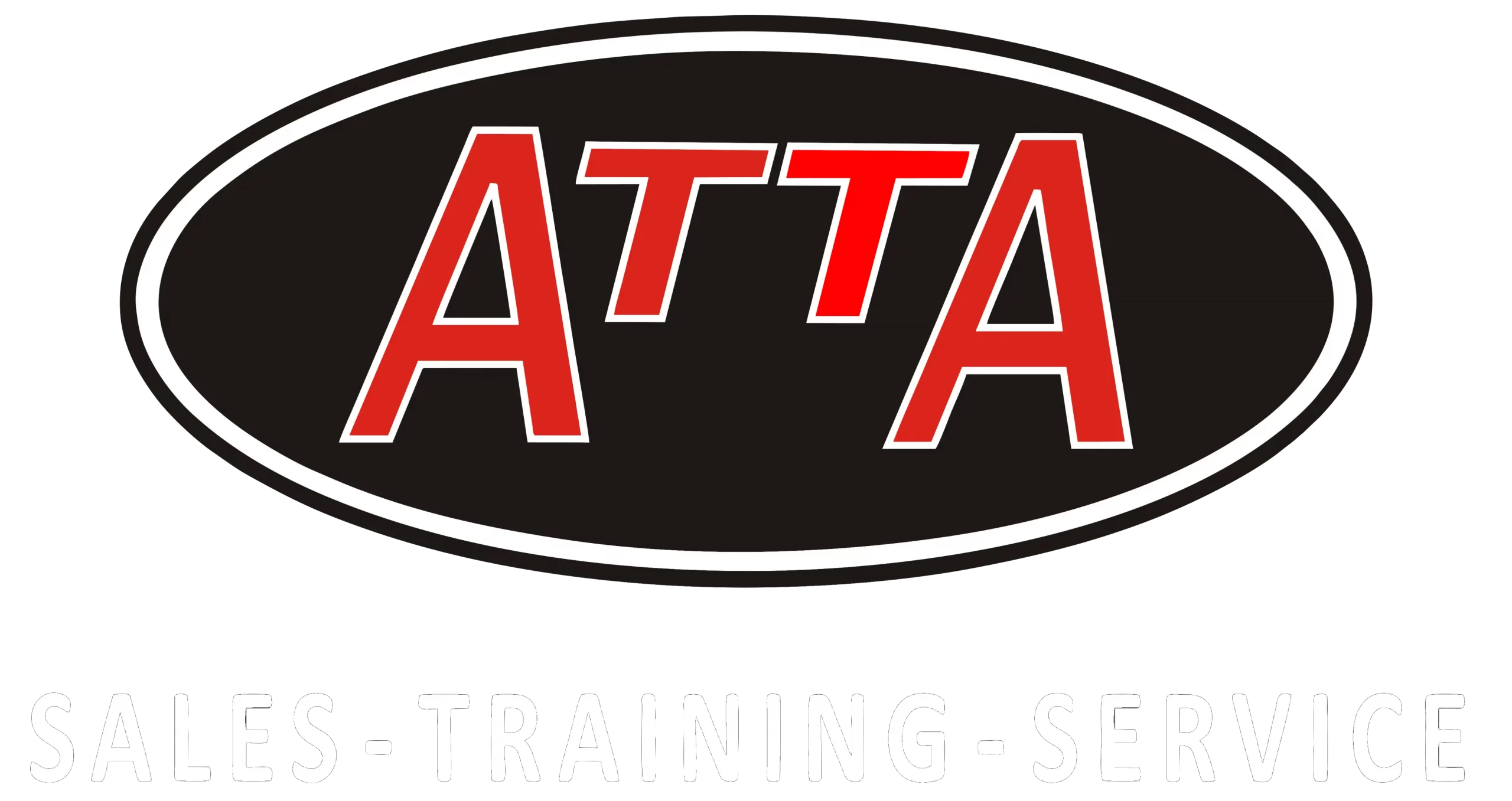What is test and tag?
In this article, we will discuss what are the test and tag requirements as part of the Australian Standards on work health and safety.
Electricity is a powerful technology but it can also be a dangerous element. Improper use and damaged electrical equipment can cause damage to properties, severe injuries and even loss of life.
Ensuring the safety of electrical installations and equipment is very important. Regular inspection and testing of electrical equipment can save lives. There are laws governing the proper recognition and evaluation to avoid electrical hazards. This is why the Work Health and Safety Legislation in Australia and New Zealand enforce regular test and tag requirements for businesses.
Test and tagging requirements include inspecting and testing in-service electrical equipment for safety. It is also referred to as tagging, test tag, test and tag, electrical tagging, appliance testing, portable appliance test or lead tagging. The goal of test and tagging is to find out if the electrical appliance is safe to use. It helps identify damage, wear, and electrical faults.
The AS/NZS 3760:2022 Standards must be followed in conducting the testing process. A competent technician, not necessarily an electrician, can perform the test. The person that will carry out the test should undergo proper training or be licensed to be called Competent.
What are the test and tag requirements?
- Visual inspection – Firstly, a comprehensive visual inspection is carried out to check for any damages.
- Electrical testing – Second, the next phase involves electrically testing the equipment with a Portable Appliance Tester.
- Recording – Then, the testing technician should create a detailed report of the test result. A copy of the report has to be submitted to the business owner. Businesses must keep a record of this as part of their AS / NZS 3760:2022 compliance.
- Tagging – Finally, the tested items are tagged. These tags should be durable, non-reusable, and non-metallic. It should have the name or the company name of who conducted the tests and the completed date.
Once an item passed the test, the tag should also say the next testing date. If it fails the test, the tag should bear a warning that it is not safe to use. The business owner should also ensure proper disposal of the item.
Electrical equipment in construction work has to be properly maintained. They have to be regularly tested and inspected. This also applies to all equipment used in harsh operating environment. They are exposed to humidity, heat and other elements that can contribute to its fast wear and tear.
Ensuring safety with electrical devices is a necessity. For this reason, your test and tag training should be carried out by competent trainers and only through a Registered Training Organization. For more information on our test and tag courses and services, do not hesitate to reach out!
